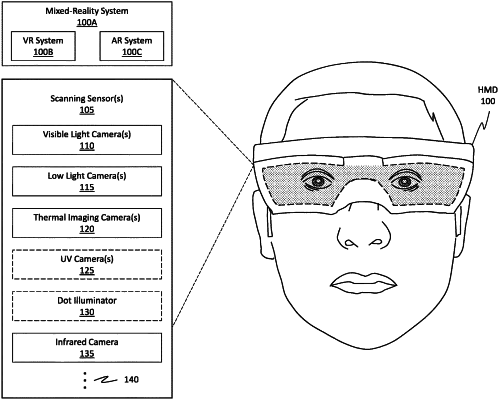| CPC G06T 15/205 (2013.01) [G06T 7/33 (2017.01); G06T 7/97 (2017.01)] | 20 Claims |

|
1. A method for aligning images generated by two cameras, said method comprising:
accessing a first camera image generated by a first camera and a second camera image generated by a second camera, wherein the first camera image reflects a first orientation of the first camera and the second camera image reflects a second orientation of the second camera, and wherein a first gravity vector is associated with the first camera image and a second gravity vector is associated with the second camera image;
performing a first alignment process between the first camera image and the second camera image by aligning the first gravity vector associated with the first camera image with the second gravity vector associated with the second camera image;
identifying visual correspondences between the first camera image and the second camera image;
performing a second alignment process between the first camera image and the second camera image by aligning the first orientation associated with the first camera image with the second orientation associated with the second camera image using the identified visual correspondences; and
subsequent to performing the first alignment process and the second alignment process, generating an overlaid image by overlaying content included in one of the first camera image or the second camera image onto corresponding content included in the other one of the first camera image or the second camera image.
|